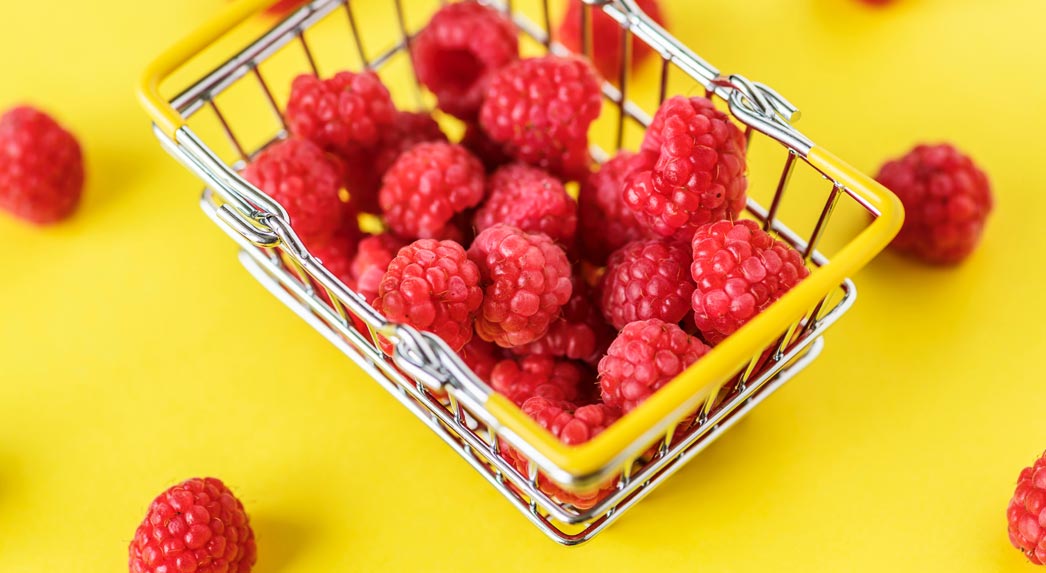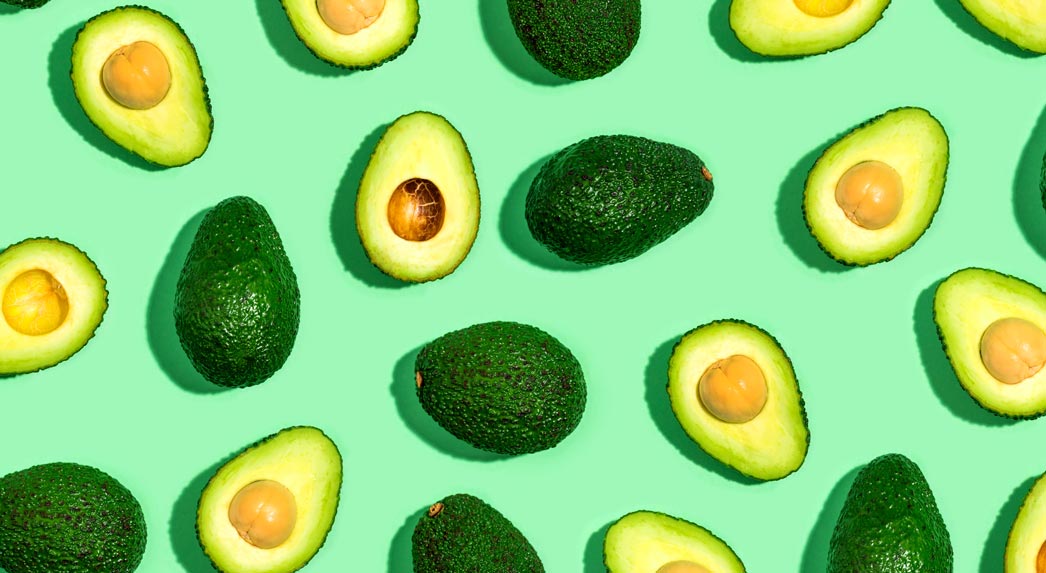
Enjoy the rainbow: An easy guide to eating more fruit & veg
March 11, 2019
This article was written prior to 15 March 2021, before the launch of the new Financial Advice Regime, and was published for information purposes only. It is not being actively promoted by Dollar Insurance. Dollar Insurance does not provide financial advice about the suitability of their products and cannot take into account your personal situation or goals. Before you decide to take out a Dollar Insurance Policy, you should read the relevant Policy Wording document which contains the terms, conditions, and exclusions of the Policy, and seek independent financial advice, if required, to ensure the insurance policy is suitable for you.
If you’re anything like us, you probably go a little overboard on public holidays. Are those Christmas cakes starting to catch up with you? Already ate a few too many hot cross buns? Looking for a way to feel good about what you eat every day of the year?
Getting those daily recommended serves of fruit and veg might just do the trick! Fresh produce is a yummy way to give your body the good stuff it needs to be happy and healthy. But, you might need a reminder of why vegies and fruits should be your #1 snack.
Here’s a quick and easy guide to eating more fruit and veg:
Say yes to plants!
Research shows that eating fruits and vegies is really good for us. What can we say, Mum was right! Even if you already know this, but it doesn’t hurt to hear it again (and maybe again and again and again).
Whole fruits and vegies are full of important vitamins and minerals. They’re low in salt and a good way to get fibre (the stuff that keeps things “moving along” through the intestines). Most fruits and vegies are low in fat, but ones that aren’t are full of healthy fats (yes, there is such a thing).
So how much fruit and veg should we eat every day? Right now, the Ministry of Health recommends that Kiwi adults eat at least five servings—3 of vegetables and 2 of fruit. But, it might be good to eat even more. In fact, eating up to 800g of fruit and veg1 every day—or about 10 servings—might be best!
Don’t worry if you aren’t coming close to those numbers yet. Only 27% of us are getting 5 servings every day, meaning most Kiwis fall short. (But hey, at least we’re doing better than the Aussies, only 20% of them2 are eating enough fruit and veg!)
A serve is how much?
Eating enough fruit and veg is hard if you’re not sure how much a serve really is. Here’s a list of some serving sizes to help:
- 1 cup of leafy salad greens (like lettuce, spinach or cabbage)
- ½ cup of cooked broccoli, carrot, peas or pumpkin
- 3-4 asparagus spears
- 1 tomato
- ½ of a medium sweet potato
- 1 medium apple, banana or orange
- 2 small kiwifruit
- 1 cup of diced rock melon
What about juice?
Fruits are full of natural sugars that are usually a lot better for you than the sugar in baked goods, lollies and chocolate. But, fruit juice is a big exception.
When fruit is juiced, you lose most of its fibre. Fibre is important for a couple reasons: 1. It helps slow down how quickly the sugar hits your system, and 2. It helps fill you up, so you don’t eat too much in one go.
It takes 7 apples to make one glass of juice.3 That’s 7 apples worth of sugar and kilojoules hitting your stomach in just a few minutes, with only a teensy tiny bit of the fibre. It would probably take hours to eat the same number of whole apples—and honestly, would you really want to? Plus, all that extra sugar (and acid in other fruits) is bad for your teeth.
No matter how tasty juice is, it’s probably better to make it a special treat.
Make a colourful plate!
Hopefully you already have a few favourite vegies and fruits that you don’t mind heaping onto your plate. That’s great! But to get the most out of food, try eating a full “rainbow” of fruit and veg.
Different coloured fruit and veg is full of different vitamins, nutrients and other good stuff:
Green plants tend to have a lot of flavonoids,4 a nutrient that might boost the immune system and help avoid cancer and heart disease. They’re also a good way to get iron and vitamin B.
Blue & Purple plants are often full of anthocyanin,5 which might help prevent dementia and cancer. They’re also linked to better heart health and a longer life.
Red fruits and vegies have lots of lycopene,6 a nutrient that could lower the risk of some cancers and help prevent blood clots that cause strokes.
Orange & Yellows are usually full of beta carotene,7 which the body turns into vitamin A. These plants also have lots of vitamin C—good for helping prevent infections and keeping skin and bones healthy.8
Apples & oranges, peas & carrots
Mum’s advice is as true now as it ever was – “Eat your fruit and veg!” Do her proud by reaching for an apple or some carrot sticks instead of that chocolate block. Your body will thank you!
Let’s get physical… with these tips for getting fit on a budget!
1. Heart Foundation NZ, Has 5 a day become 10 a day?, April 2017
2. Roy Morgan, Give peas a chance: most New Zealanders don’t eat recommended 5+ fruit and vegetables a day, February 2014
3. NZ Herald, Five experts respond: Should you let your kids drink fruit juice?, March 2018
4. Life Science, What are Flavonoids?, October 2015
5. BBC Good Food, What are anthocyanins and why are purple foods so healthy?, September 2017
6. Harvard Health Publishing, Lycopene-rich tomatoes linked to lower stroke risk, October 2012
7. Health Direct, Vitamin A, February 2018
8. Health Direct, Vitamin C, February 2018
About the author: Dollar Insurance is all about making insurance as painless as possible, with easy to get funeral cover, for just $1 a day.
Disclaimer: The information provided in this article is of a general nature only and does not take into account your personal situation or goals. You should consider whether the information is appropriate to your needs and seek independent financial advice, if required, to ensure an insurance product is suitable for you.
Any product information is correct at the time this article was published. For current product information, please visit the Dollar Insurance website.




